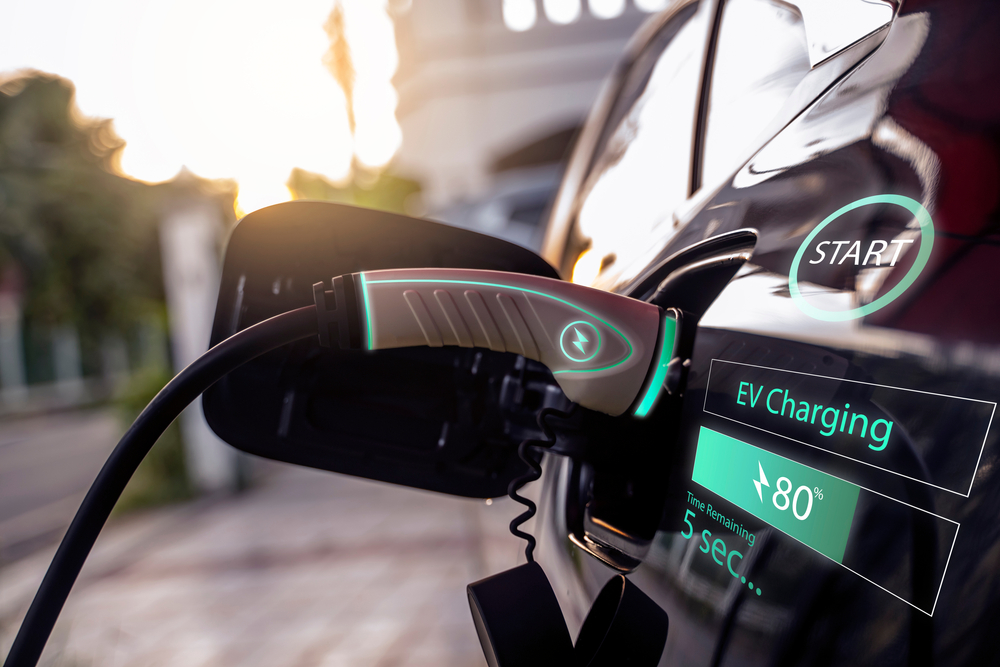Car ownership is the ticket to convenience, allowing you to get to where you need to go in comfort, style, and ensuring that you always arrive on time. Although life is possible without a car, it can be awfully inconvenient, as you would have to rely on unreliable public transit systems and expensive taxis or rideshare apps.
Despite the indefatigable convenience that comes with owning a car, car owners in recent times have become conscientious and highly aware of the impact that their personal vehicles may have on the environment. Car manufacturers have responded in turn, by building electric vehicles, or EVs.
There are, of course, a range of different types of EVs on the market in the present day. In this helpful post, we’ll have a closer look at the wider EV family, and learn the key differences between EV types, from hybrids to PHEV models. Read on to unearth more about these cars that are kind to the planet.
What Exactly is an Electric Vehicle?
An electric vehicle, or EV, tends to use one or multiple electric motors (although multiple motors is still quite rare), which are powered by a battery pack that supports the car during acceleration and maintaining speed.
Depending on the type of EV, the electric motor will either assist a conventional fuel-powered engine, or it can even power the car without the need for fossil fuels such as petrol or diesel. This means fewer emissions into the atmosphere, which is naturally beneficial for the environment.
Pure electric vehicles are also cheaper to run than traditional vehicles, due to the fact that they don’t require lubricants (such as oil) or fuel in order for them to run.
Battery Electric Vehicle (BEV)
A battery electric vehicle (BEV) is a vehicle that is solely powered exclusively by electricity. BEVs have electric motors which draw current from onboard battery packs. These cars do not use an internal combustion engine like a traditional car.
Being battery-powered, these vehicles are equipped with larger capacity batteries and thus, have a higher kilowatt-hour (kWh) output when compared to hybrid and plug-in hybrid cars. This additional battery capacity typically results in these cars being more expensive than other electric cars. BEVs need to be charged before trips. They get charged at home or a public charging station.
These are the cheapest to run due to no fuel costs and reduced maintenance required, but the most expensive to buy outright, primarily because of the specialist technology required in their production.
Hybrid Electric Vehicle (HEV)
A hybrid electric vehicle (HEV) features a conventional internal combustion engine alongside a battery and an electric motor in order to reduce overall fuel consumption.
HEVs reduce fuel use by using an electric motor to power the automobile when a combustion engine needs lots of fuel, such as when accelerating from a complete stop. These vehicles may also switch to their combustion engine such as during high speed driving on a freeway or highway, or other instances where the combustion engine may be able to add extra power when driving.
These cars need to be filled with petrol like other cars, just not as often due to their onboard hybrid technology.
HEVs can also charge their battery through regenerative braking, which repurposes the kinetic energy used by the brakes when braking into electricity that feeds the electric motor of your HEV.
Plug-in Hybrid Electric Vehicle (PHEV)
Finally, there are plug-in hybrid electric vehicles (PHEVs), which combine a combustion engine with an electric motor and battery pack similarly to a hybrid. Despite the similarities between these two EV models, there are still some key differences.
PHEVs tend to pack larger battery packs and a bigger electric motor when compared to straight hybrids. They can also be charged via plugging in as well. Furthermore, they can be driven solely on battery power, unlike a hybrid. In addition, they can be topped up by petrol too.
Being a hybrid electric model, these cars naturally also emit less carbon than standard combustion cars.
Conclusion
In this article, we’ve explained what electric vehicles are, and outlined the three main types of EVs. Be sure to consider the unique qualities of all the electric vehicle types in order to ensure that your next car purchase aligns with your own ecological values.







